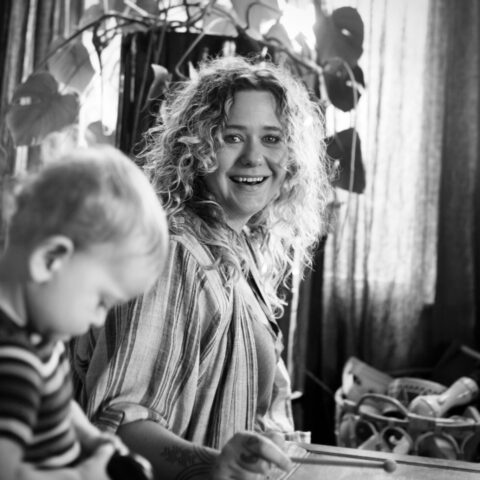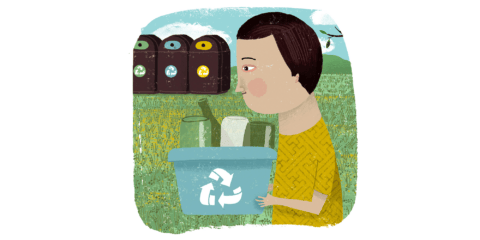The public health system may be free but the waiting times and referrals are tedious, and there are costs associated with going to multiple GPs, childcare, ambulance fees, taking time off, travelling to appointments, and annual leave when you’ve surpassed your sick day entitlements as Sasha Borissenko finds in Part 2. Part 1 of the Endometriosis investigation can be found here. Why Is It So hard to get An Endometriosis Diagnosis in New Zealand?
Dr Michael Wynn-Williams, a leading gynaecologist in New Zealand and Australia, says it’s important to inform patients of their fertility options, but pregnancy has never ‘cured’ endometriosis. Instead vaginal childbirth may alter the way people experience pain, which affects nerves and the pelvis. He conducted a survey that was sent to the clinical directors of obstetrics and gynaecology departments in 2020.
It found 80% of District Health Boards (DHBs) didn’t have a dedicated endometriosis diagnosis clinic, 35% of stage four patients would be referred elsewhere, and only 30% of DHBs had multidisciplinary pelvic pain clinics. There are just 21 public gynaecology surgeons who specialise in advanced endometriosis surgery around New Zealand, most of which are based in the North Island.
Working in Brisbane, he would have patients coming from all areas of Queensland. Their flights and accommodation would be paid for; the same needs to happen in New Zealand for patients that need tertiary level of care, he says.
“At the moment there’s no coordination around the country; it means we’ve got a postcode lottery system.”
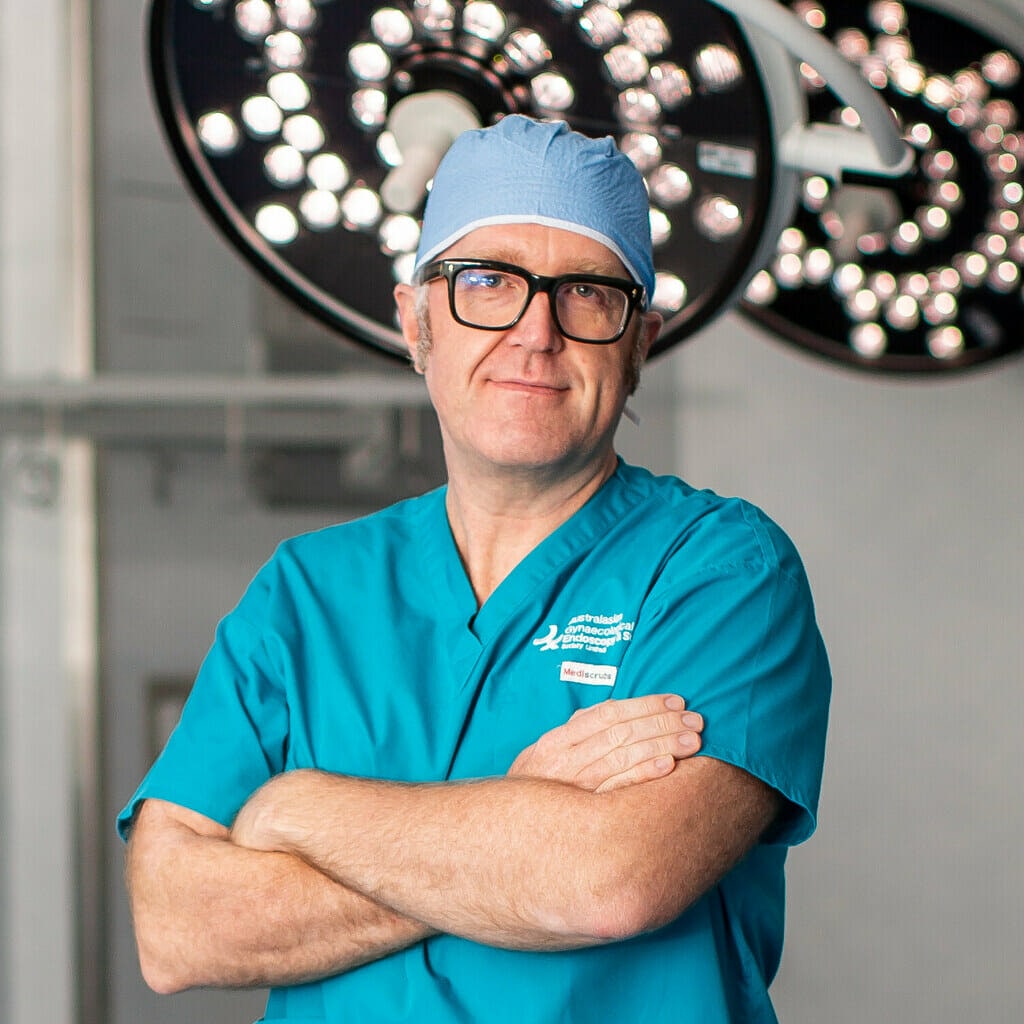
Ministry of Health chief medical officer Dr Robyn Carey says DHBs are responsible for assessing the health needs of their local populations and making decisions about the level and mix of services to provide to meet these needs.
Patients who are referred to a DHB service are assessed and prioritised by clinicians to ensure those with the greatest need and potential to benefit from treatment receive the highest priority, Carey says.
“In the past year some referrals and waiting times in public hospitals have been extended due to the major reprioritisation of health and support services for the COVID-19 response.
“The Ministry is working closely with DHBs to support them in managing hospital treatments and increase people’s access to surgeries and consultations that may have been delayed.”
Sweeping health reforms were announced last year to address equity issues in the sector. The Pae Ora (Healthy Futures) Bill passed in June, and as a result, the 20 DHBs were replaced on July 1 by Crown entity Health New Zealand, which will work in partnership with the new, independent Māori Health Authority.
The legislation specifies there will be a Women’s Health Strategy. Associate Minister of Health Dr Ayesha Verrall says the Ministry of Health has commenced work on the strategy, which will set Government direction on women’s health, empower women, increase the visibility of women’s health needs, and better connect women’s health services.
“There will be opportunities for women and for those involved in women’s health to contribute to the development of the strategy.”
Money wasn’t specifically allocated to the strategy in Budget 2022, and work to develop the strategy is being funded out of the Ministry’s baseline. The Government will make decisions on funding for the implementation of the strategy and its actions later, after public consultation.
The Gender Justice Collective – a non-profit – has estimated the strategy could cost $6m.
Developing and implementing a strategy takes time, however It’s important we act now, rather than wait for a strategy to be in place, Verrall says.
She’s fast-tracked priority initiatives such as breast and cervical screening, contraception, maternity services, maternal mental health, abortion services, surgical mesh, endometriosis, and sexual and reproductive health.
Medical trauma of a Endometriosis Diagnosis
Lydia Cole, 34, had experienced terrible periods since she was a teenager but it was only once she stopped working three years ago as a result of chronic fatigue and burnout that she sought help from a GP. She was referred to a gynaecologist and was formally diagnosed after the exploratory surgery six months later.
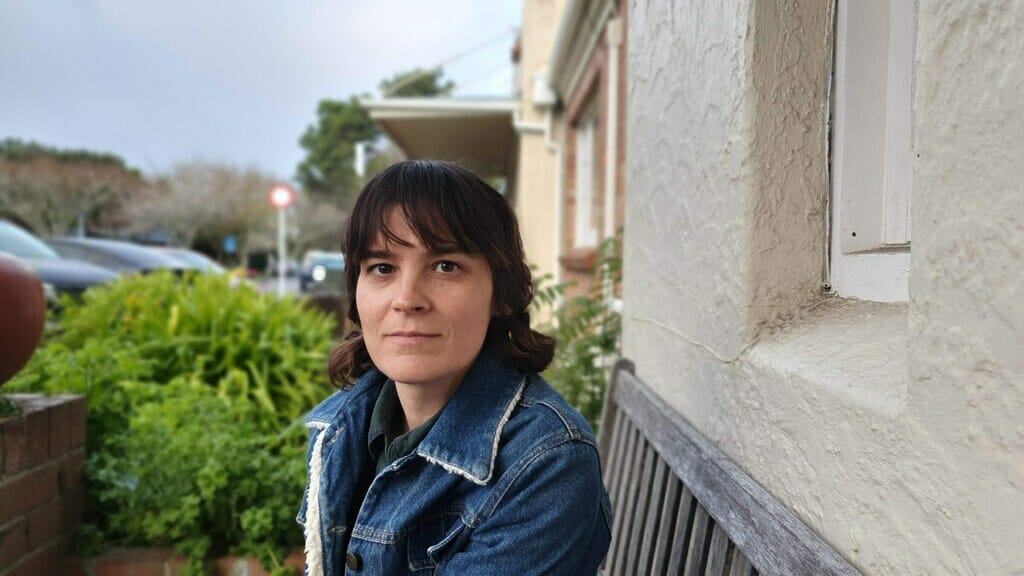
“I felt like I was one of the lucky ones because I wasn’t told I was imagining things – I wasn’t gaslit like I know other people have been.
“It was good news to wake to hear there was a diagnosis of endometriosis and that it had been taken care of. But I was sent home with only panadol because my stomach issues meant I couldn’t take anti-inflammatories, and the pain was unmanageable. I couldn’t sleep for three nights. I was in a really bad state.”
She went back to the hospital and was told everything was fine as she’d just had surgery. The following night her body started convulsing as a result of a panic attack triggered by the unbearable pain, sleep deprivation, and anxiety around what felt like a lack of post-op care.
“I was terrified and I freaked out about everything. You have this huge surgery, you come out with a diagnosis but you still have pain and you’re left out in the cold.”
Months after the surgery, Cole went to the hospital for an unrelated minor procedure and suddenly found herself in tears from being back in the hospital environment. She’d experienced medical trauma.
Had there been another avenue to diagnosis other than surgery, she would have taken it.
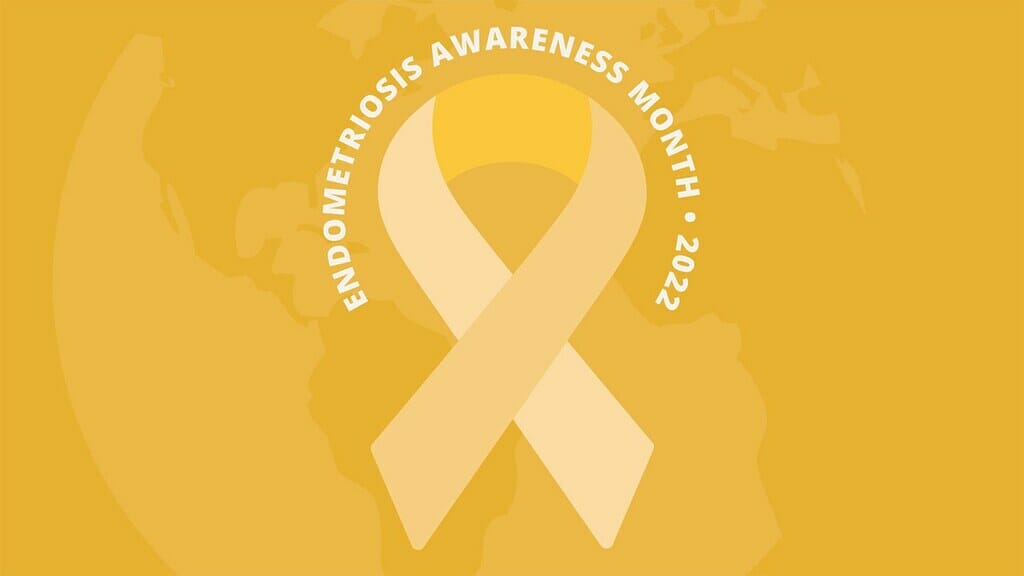
Read part 1 of the series here.


